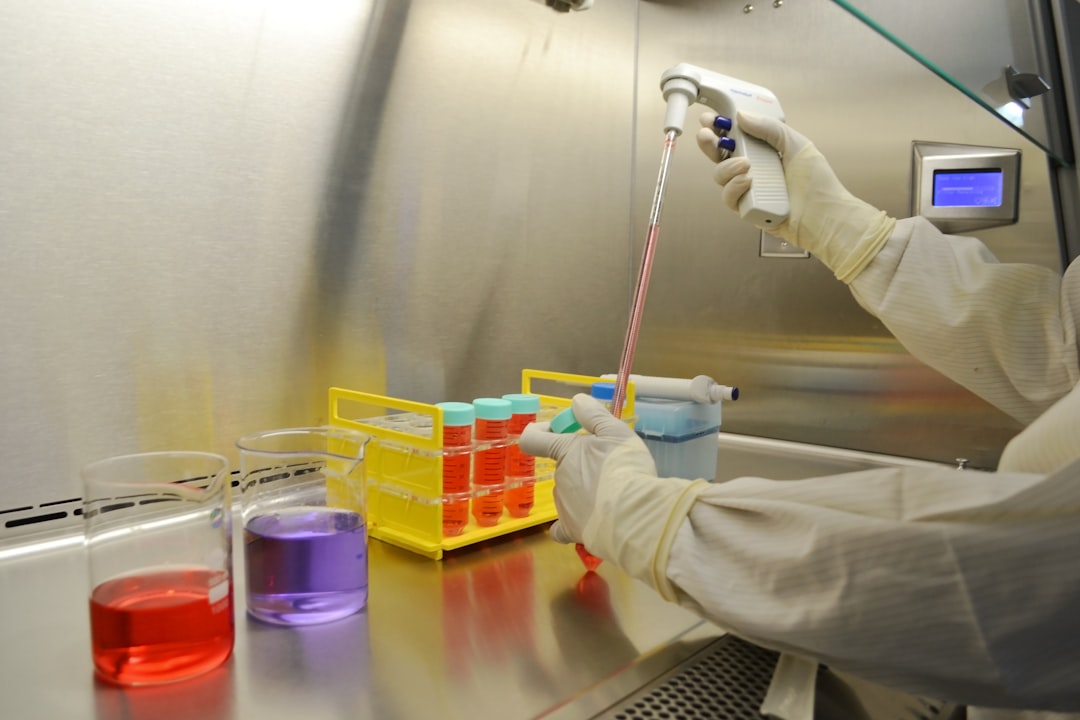Featured Image
Perspectives
Staphylococcus aureus is a gram-positive bacterium that causes a broad spectrum of diseases in humans, ranging from mild cutaneous infections to severe pneumonia or sepsis. In addition, S. aureus is one of the top leading agents of nosocomial and community acquired infections, which taken together with emergence of antibiotic-resistant bacterial strains is regarded as a great public health concern. Therefore, a better understanding of how the immune system responds to this pathogen will certainly improve strategies for handling the immunopathology associated with this type of bacterial infection, among other clinical aspects. When Solene and Guillaume approached me to contribute to this study, I did not hesitate to do so. I found that the characterization of how resident macrophages (white blood cells dedicated to the recognition and clearance of pathogens) interact and behave during the early interaction with S. aureus was an important issue to address. Specifically, I appreciated the effort put into place to use different mouse strains that are innately protected or susceptible to this type of infection, and delineate the early inflammatory and cell-death signals in the resident macrophages in response to the bacteria. This allowed us to describe that macrophages respond and behaved very differently according to their genetic background, which dictates their capacity to recruit and leave the space for other white blood to eventually fight and control the bacterial infection. Indeed, we confirmed these observations using human macrophages derived from circulating precursors (monocytes) isolated from healthy donors. All things considered, it was an honor to participate and contribute in this pertinent study that will certainly improved our understanding about the early orchestration of inflammatory response due to the interaction of resident macrophages and S. aureus, and delineates how this crosstalk happens in protective versus susceptible genetic backgrounds. This type of comparative studies are in strong demand in order to understand how the immune system behaves across the genetically diverse human population.
Dr. Geanncarlo Lugo-Villarino
Institute de Pharmacologie et de Biologie Structurale
Read the Original
This page is a summary of: Pyroptosis of resident macrophages differentially orchestrates inflammatory responses toStaphylococcus aureusin resistant and susceptible mice, European Journal of Immunology, January 2015, Wiley,
DOI: 10.1002/eji.201445098.
You can read the full text:
Contributors
The following have contributed to this page










